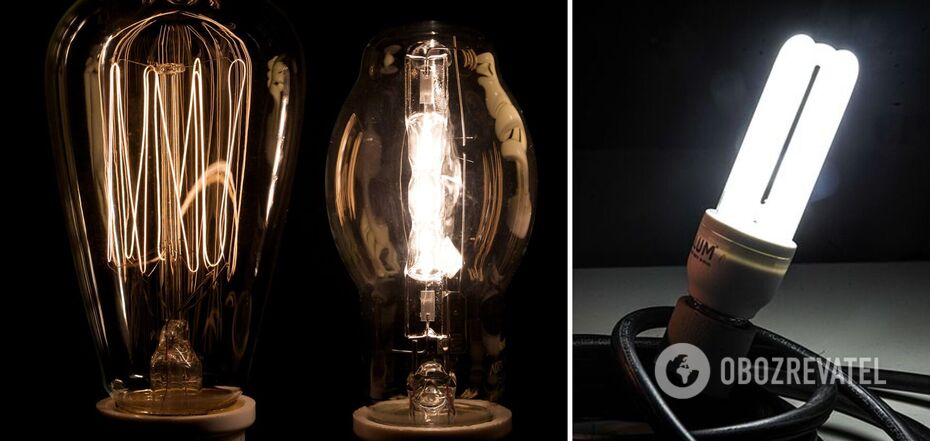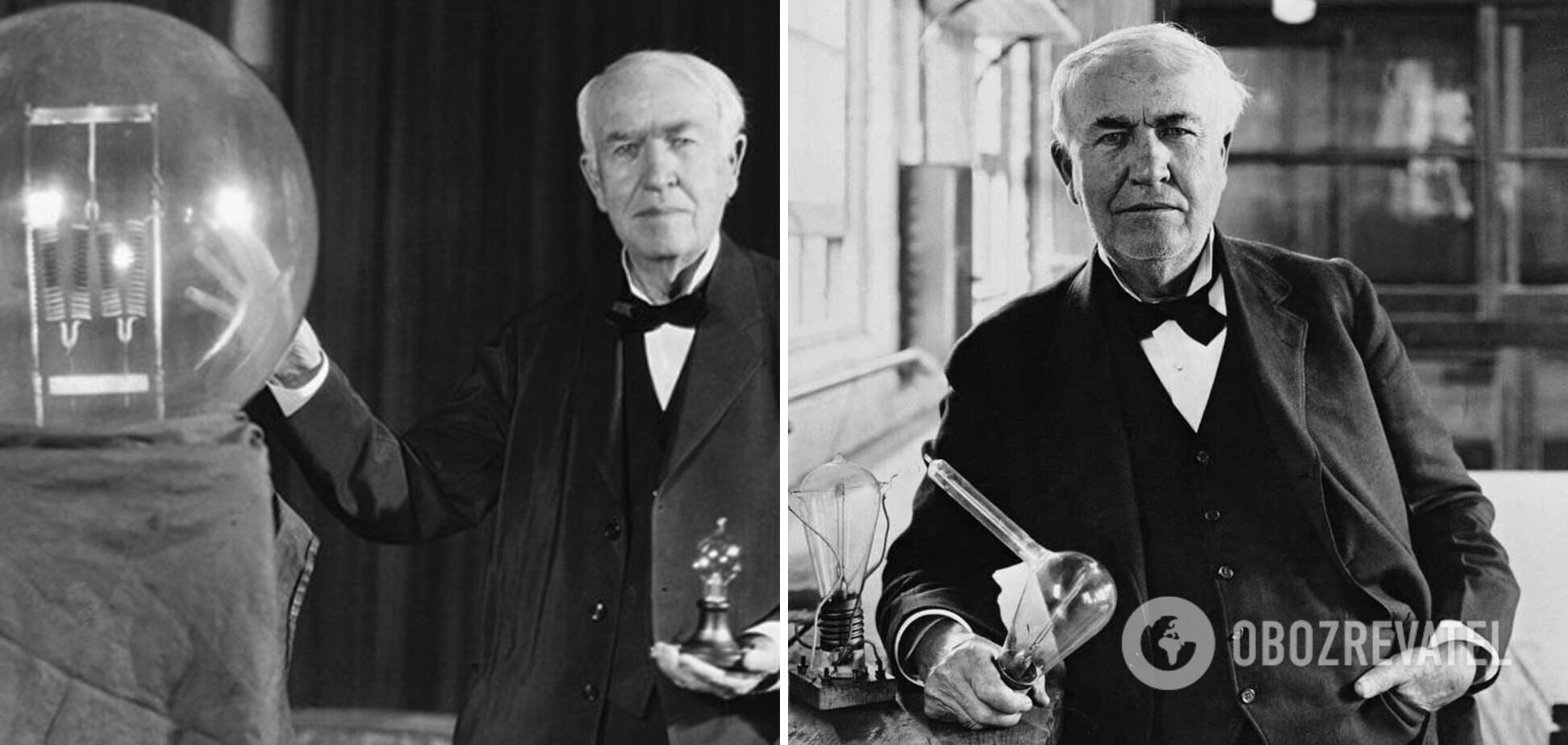News
How energy-saving light bulbs actually work
Energy-saving light bulbs are an environmentally friendly alternative to traditional lighting device as they consume 90% less electricity and are as efficient as they can be.
The history, advantages, and working principle of energy-saving light bulbs were described by Live Science.
It is worth noting that Thomas Edison's invention in 1879 was a turning point in human history. Before the advent of light bulbs, life was much different. People had to use oil or gas lamps to illuminate streets and homes, which were not always safe and did not provide as much light as their electric counterparts.
The structure of a traditional lamp
A conventional incandescent light bulb consists of a piece of metal wire, usually tungsten, that can withstand very high temperatures. This structure is covered with a glass shell. When electricity passes through the wire, it starts to emit light.
This can be compared to a poker that has been kept on fire for a long time and begins to glow red. This is exactly what the inside of a light bulb looks like. However, this is the main drawback. The fact is that most of the energy is converted into heat rather than light. This also explains why light bulbs are so hot even if they have been on for a relatively short time.
In addition, excessive heat damages the filament so much that it eventually breaks and the bulb has to be replaced. All this affects the cost of the device and the amount of waste. That's why engineers and scientists have been trying to invent a more efficient replacement for the traditional light bulb.
Invention of the energy-saving light bulb
The first energy-saving bulbs have been around for decades. One of the first was developed back in 1955. Early designs used filament technology but with some differences.
For example, halogen lamps are very similar to conventional lamps, but they contain a small amount of halogen gas. During operation, a small amount of it mixed with tungsten vapors, falling back onto the filament rather than into the bulb. This innovation made it possible to increase the service life and brightness.
Compact fluorescent lamps
A new breakthrough occurred in 1976 when compact fluorescent lamps or CFLs appeared. They are considered the first truly energy-efficient lamps because, according to the Energy Saving Trust, they consumed 70%-80% less energy than conventional ones. The difference was really impressive: CFLs could work for about 8 thousand hours, which is 50 times longer than incandescent bulbs.
The peculiarity of these bulbs is that they light up when current is passed through a tube filled with argon and a small amount of mercury vapor. The reaction results in the generation of ultraviolet light. It is invisible, but it sets in motion molecules in a fluorescent coating called a phosphor on the inside of the tube, which then emits visible light.
This was a significant step in the development of a replacement for traditional light bulbs. The technology is so efficient that they are still one of the most popular energy-saving bulbs of today.
LED bulbs
However, the most efficient type of energy-saving lamp has become LED technology. The device generates light thanks to a light-emitting diode. Although development began as early as 1927, it was only a few decades later that they began to be truly used. At that time, they could not gain wide popularity because they were quite expensive. Today, however, they have become much more affordable and are used not only in offices but also in private homes.
Their main advantage is that 95% of the energy they consume is converted into light. As a result, they are many times more efficient than conventional light bulbs and last much longer.
The way they work is slightly different from other light bulbs. The light is produced by a solid substance, not gases or filaments. This material is called a diode, which is made of a special alloy called aluminum-gallium-arsenide that allows electricity to pass through it easily.
When a current flows through the diode, it begins to emit electromagnetic particles called photons, which produce light. It's worth noting that these lamps are striking in their "endurance". While an ordinary light bulb will last for several months, if not weeks, LEDs can serve as much as 10 years.




























